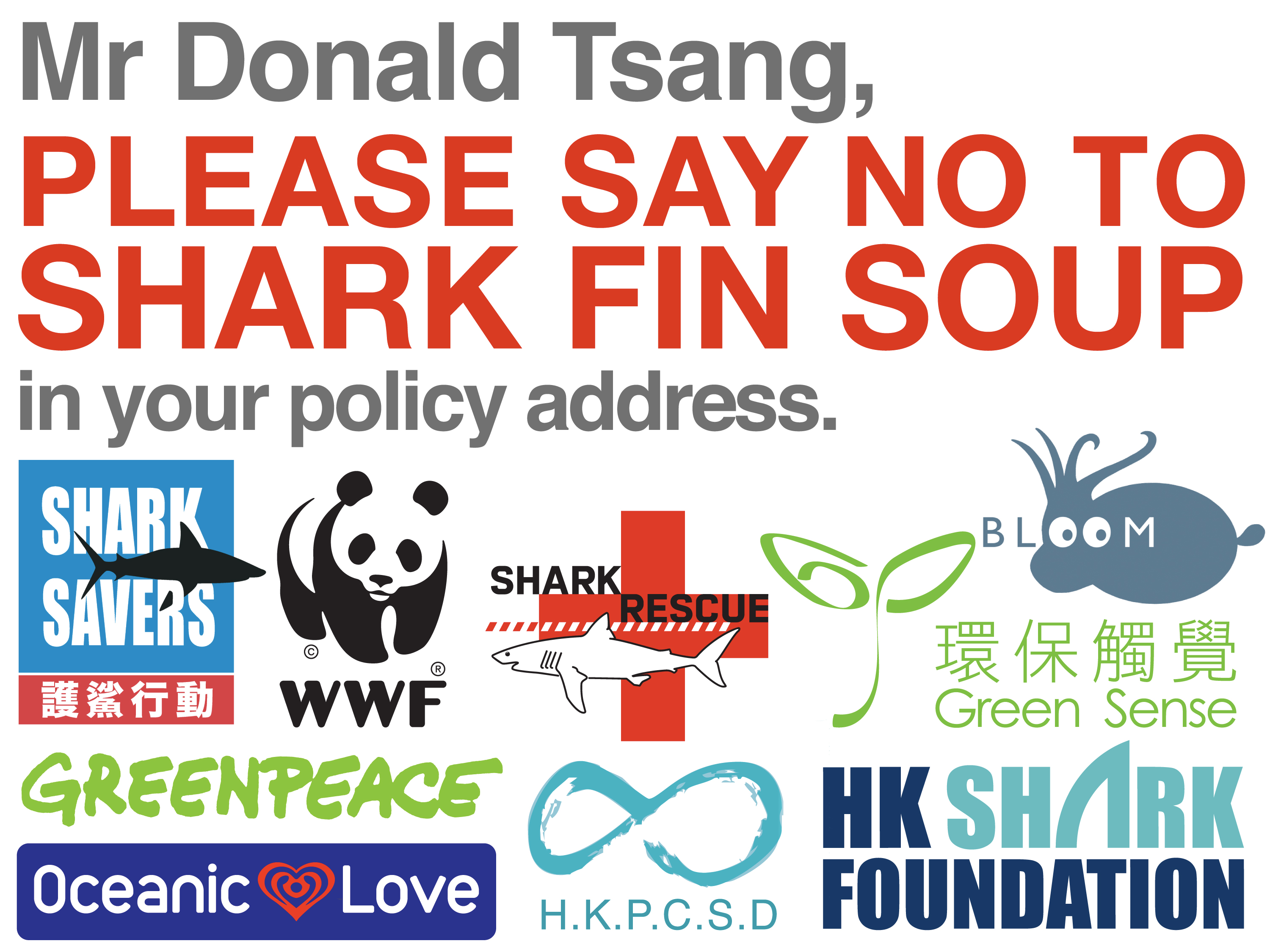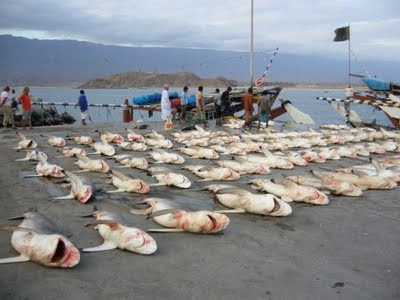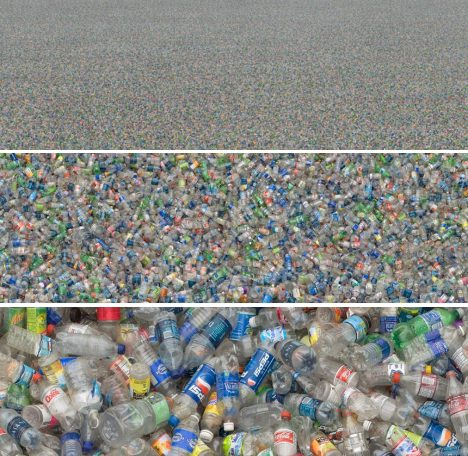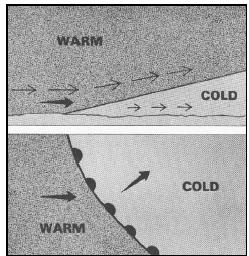Lugares de interés (POIs) del Mapa
0: Northpole
The North Pole is the northernmost point on Earth, basically lying opposite the South Pole. The North Pole unlike the South Pole is just frozen water. But the South Pole is ice on solid land.
Más sobre Northpole
2: North Pacific Gyre
The north pacific gyre is one of the most important gyres' in the world. Here in the middle of the gyre sits the north pacific garbage patch.This garbage patch harms many animals such as: dolphins, sharks, turtles etc.
Más sobre North Pacific Gyre
5: Marine Protected Areas in Australia
Australia is one of the countries which has lots of marine protected areas. A marine protected area is a body of saltwater which is protected by the government. The following are normally prohibited in these areas: swimming, snorkling, parasailing, water sports etc.
Más sobre Marine Protected Areas in Australia
6: Rising Sea Levels
Sea levels are rising because of global warming. Many parts of Greenland is already under water because of global warming melting the poles.
Más sobre Rising Sea Levels
11: The Ring of Fire
The Pacific Ring of Fire (or just The Ring of Fire) is an area where big numbers of earthquakes and volcanic eruptions take place. The Ring of Fire has 452 volcanoes and is home to over 75% of the world's active and dormant volcanoes. It is sometimes called the circum-Pacific belt or the circum-Pacific seismic belt.
Más sobre The Ring of Fire
12: Indian Ocean
The Indian Ocean is the third largest of the world's oceans, covering approximately 20% of the water on the Earth's surface. It is surrounded on the north by the Indian Subcontinent ( India, Pakistan and Bangladesh) and Arabian Peninsula (or, more generally, by southern and western Asia); on the west by eastern Africa; on the east by Indochina, the Sunda Islands, and Australia; and on the south by the Southern Ocean
Más sobre Indian Ocean
13: Raja Ampat
Raja Ampat is the most biodiversed place in the world. Also with many species of coral reefs.
Más sobre Raja Ampat
14: The Atlantic Ocean
The Atlantic Ocean is the second largest ocean in the world it covers about 20% of the Earth's surface.
Más sobre The Atlantic Ocean
15: Arctic Ocean
The Arctic Ocean is the smallest ocean among all of the oceans. Almost completely surrounded by Eurasia and North America, the Arctic Ocean is partly covered by sea ice throughout the year and almost completely in winter.
Más sobre Arctic Ocean
16: Whaling
Japan is the only country that still does whaling. to find out more about Japan whaling click the link below.
http://en.wikipedia.org/wiki/Whaling_in_Japan
http://en.wikipedia.org/wiki/Whaling_in_Japan
Más sobre Whaling
17: Volcanic Islands
Volcano eruptions under the surface of the water sometimes create small archipelagos such as Hawaii.
Más sobre Volcanic Islands
18: Shark Finning


Más sobre Shark Finning
19: Southern Ocean
The Southern Ocean is the 4th largest among the five oceans. The Southern Ocean basically circle's Antarctica.
Más sobre Southern Ocean
20: Bottom Trawling
Bottom trawling is when people use big and heavy nets to fish
Más sobre Bottom Trawling
21: Oil Spills
In 2010 an oil spill occurred in the Gulf of Mexico when people did something wrong while drilling holes in the ocean for oil. This mistake is another reason for why people have to be warned that the oceans might be creature less one day and when it does the effect will be irreversible.
Más sobre Oil Spills
22: Global Warming
The ice on the poles are melting into the ocean because of global warming, which is caused by the sun's rays getting trapped inside the atmosphere because of the greenhouse gas net.
Más sobre Global Warming
23: Endangered Animals
Off the cost of New Zeland there is a very endangered dolphin called the Hectors Dolphin with only 110 of fthem left. they are also the smallest dolphin in the world. to learn more about the Hectors Dolphin then click on the link below.
http://en.wikipedia.org/wiki/Hector's_dolphin
http://en.wikipedia.org/wiki/Hector's_dolphin
Más sobre Endangered Animals
26: The Eastern Pacific Leather Back Sea Turtle
The Eastern Pacific Leatherback sea turtles nest in Costa Rica and in Mexico. They are also the largest sea turtles in the world. These large animals are endangered with only 115,000 left in the world.
Más sobre The Eastern Pacific Leather Back Sea Turtle
28: Plankton
There are several species of plankton in the ocean one group of plankton is zoo-plankton and the other is phyto-plankton. In these two groups many types of plankton exist. Phyto-plankton is at the very bottom of the oceanic food chain and zoo-plankton is the 2nd to the bottom of the food chain. Phyto-plankton are the plant species of plankton and zoo-plankton is the animal species of plankton
Más sobre Plankton
29: Endangered Animals
The leopard seal is an endangered animal and lives in Antarctica.
Más sobre Endangered Animals
30: The Making of Currents
The amount of salt, temperature and wind cause currents.
Más sobre The Making of Currents
31: Plastic Bags
California is trying to ban plastic bags. they are trying to make this happen because of the pollution that it is causing.
Más sobre Plastic Bags
32: The Great Garbage Patch
This is a place where plastic goes and is trapped by the currents which go round and round, this is called a gyre. The great garbage patch is 2 times bigger than texas and is 10 meters deep throughout the whole thing.

Más sobre The Great Garbage Patch
33: Pacific Ocean
It is the biggest and the busiest of all oceans. It covers one-third of the whole area on planet earth, which makes it bigger than all of earth's land surface area combined.
Más sobre Pacific Ocean
34: Galapagos Penguin
The Galapagos Penguin is a penguin which only exists in the Galapagos Islands. It is the only penguin that lives north of the equator.
Más sobre Galapagos Penguin
35: Marine Protected Areas
Oregon's first network of Marine Reserves and Marine Protected Areas.
Más sobre Marine Protected Areas
36: Endangered Animals
The polar bears that live here in the north pole are endangered because of global warming. They are very beautiful creatures but are very endangered. Also they get hunted.http://www.youtube.com/watch?v=5KWoDnXJwsg
Más sobre Endangered Animals
37: The Endangered Penguins
http://www.youtube.com/watch?v=B3pt7m4B0_4
These penguins may seem like they are having fun. But actually they are endangered. One of their main threats is global warming. Which is caused by the sun's rays which are getting trapped in the green house gas layer which is their because of our bad gases that we use and are let out year after year.
Más sobre The Endangered Penguins
38: Mariana Trench
The Mariana Trench or Marianas Trench is the deepest part of the world's oceans. It is located in the western Pacific Ocean, to the east of the Mariana Islands. The trench is about 2,550 kilometres (1,580 mi) long but has a mean width of only 69 kilometres (43 mi). It reaches a maximum-known depth of about 10.91 kilometres (6.78 mi) at the Challenger Deep, a small slot-shaped valley in its floor, at its southern end, although some unrepeated measurements place the deepest portion at 11.03 kilometres (6.85 mi). If Mount Everest, the highest mountain on Earth at 8,848 metres (29,029 ft), was set in the deepest part of the Mariana Trench, there would be 2,060 metres (6,760 ft) of water left above it.to find out more about the Marina trench click the link below.
Más sobre Mariana Trench
39: Mountain of Plastic Bottles
In Chennai, there is a mountain of plastic bottles from the U.S. that get sent to Chennai for no reason and it get thrown in other peoples yards and just stay there.
http://www.commondreams.org/headlines03/1209-10.htm
http://www.commondreams.org/headlines03/1209-10.htm
Más sobre Mountain of Plastic Bottles
40: The Yukon River
The Yukon River has the longest freshwater migration route of any salmon, over 3,000 kilometers (1,864 feet).
Más sobre The Yukon River
41: Plastic Bags Banned
Germany and South Africa has banned plastic bags.
Más sobre Plastic Bags Banned
42: Plastic Bags BANNED!
San Francisco was the first city in America to banned plastic bags.
The plastic bags made with petroleum are blamed for littering streets and choking marine life.
The plastic bags made with petroleum are blamed for littering streets and choking marine life.
Más sobre Plastic Bags BANNED!
43: Tropical Cyclones
A tropical cyclone is a type of storm which brings numerous thunderstorms that produce strong winds and heavy rain. Tropical cyclones strengthen when water evaporates from the ocean and released as sticky air also called humid air rises, resulting in condensation of water vapor contained in the moist air. Global warming and the green house effect also causes more of these natural disasters.
Más sobre Tropical Cyclones
44: The Great Barrier Reefs
The Great Barrier Reef is the world's largest coral reef system designed with over 2,900 individual reefs and 900 islands stretching for over 2,600 kilometres covering an area of approximately 344,400 square kilometres. The reef is located in the Coral Sea, off the coast of Queensland in north-east Australia.
Más sobre The Great Barrier Reefs
45: Whale Sharks and Plankton
The whale shark is found in tropical and warm oceans and lives in the open sea with a lifespan of about 70 years. Although whale sharks have very large mouths, as filter feeders they feed mainly, on plankton, which are microscopic plants and animals.
Más sobre Whale Sharks and Plankton
46: The Strait of Malacca
Strait of Malacca is a narrow, 805 km (500 mi) stretch of water between the Malay Peninsula and the Indonesian island of Sumatra. It is named after the Malaccan King that ruled over the archipelago between 1414 and 1511.
Más sobre The Strait of Malacca
47: Plastic bags
A California state law is that you now have to pay for your plastic bags.

Más sobre Plastic bags
48: Endangered Cod
In newfoundland there are endangered cod. They are endangered because fishermen used to over fish.
Más sobre Endangered Cod
49: The Great Barrier Reef
The Great Barrier Reef is the worlds largest reef. It is home to many animals. It is located off the coast of Australia. To learn more about the Great Barrier Reef then click on the link below.
Más sobre The Great Barrier Reef
